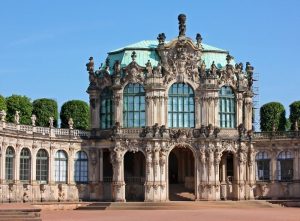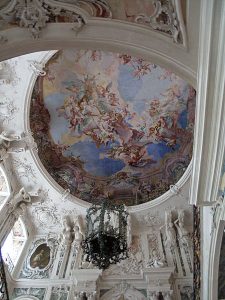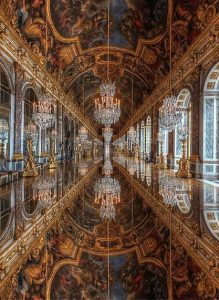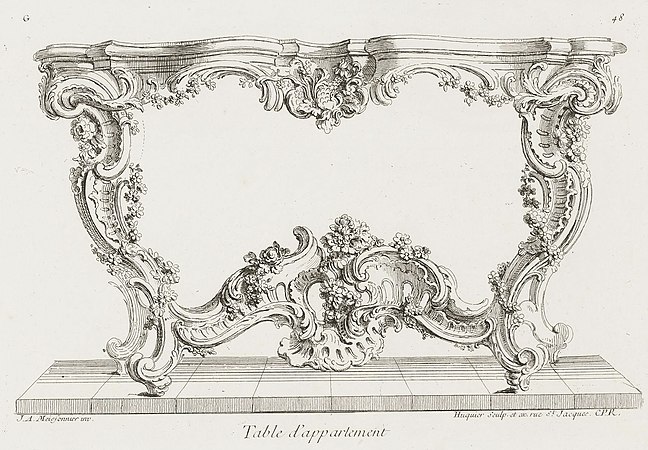
Cottage-core Design and Architecture of the Past

The Baroque era was one of the most influential artistic eras, characterized by lavish detail, strong contrast, bright colours, and emotional drama. One of the periods in the Baroque era that stood out was the Rococo period. Though short, the period was notorious for introducing new styles and breaking the norms of design.

Rococo, also known as the “late Baroque”, was a decorative style development of Baroque architecture that emerged in the 18th century. It was a reaction against the strict, serious, and symmetrical designs of the earlier Baroque architecture and became a more fluid and florid elaborate style, comprising ornate, asymmetric designs and pastel shades. The colour choices and became much softer with an added bit of daintiness which was much nicer to look at and way more eye-catching.

The style itself originated in Paris with the development of the style in interior design, decorative arts, painting, architecture and sculpture It was adopted as a common style all across France and in other countries over time but was largely replaced by the Neoclassical style in the late 18th Century. From France, the Rococo style spread in the early 18th century to the Catholic German-speaking lands, where it was adapted to a brilliant style of religious architecture that combined French elegance with south German fantasy.

Augustusburg Palace in Brühl
Walls, mouldings and ceilings were decorated with various curves based upon the shapes of the letters “C” and “S” as well as other naturalistic shapes. On walls of new Paris salons, twisting and winding designs, usually made of gilded or painted stucco wound around the doorways and mirrors like golden vines. These designs were often created in a gold shade that plays with the pale and light pastel palette of this period of architecture. Rococo decorators frequently used mirrors to enhance the sense of open space. Another style included were shell forms, which were curved ceiling shapes. This style is still used today, which can be seen in the Sydney Opera House in Sydney Australia.

In France, an ornamental style called rocaille emerged between 1710 and 1750. Its principal characteristics were picturesque detail, curves and counter-curves, asymmetry, and a theatrical exuberance. This design feature tied in quite nicely with the architecture at the time.

A well known French furniture designer of the period was Juste-Auréle Meissonniern. He was also a sculptor, painter, and goldsmith for the royal household of Louis XV. His work is well known today through the enormous number of engravings made of his work which popularized the style throughout Europe.
Citations:
“Rococo.” Wikipedia, Wikimedia Foundation, 6 Oct. 2020, en.wikipedia.org/wiki/Rococo.
The Editors of Encyclopaedia Britannica. “Rococo.” Encyclopædia Britannica, Encyclopædia Britannica, Inc., 2 Apr. 2019, www.britannica.com/art/Rococo.
“Rococo.” Rococo – Designing Buildings Wiki, www.designingbuildings.co.uk/wiki/Rococo.
Leave a Reply